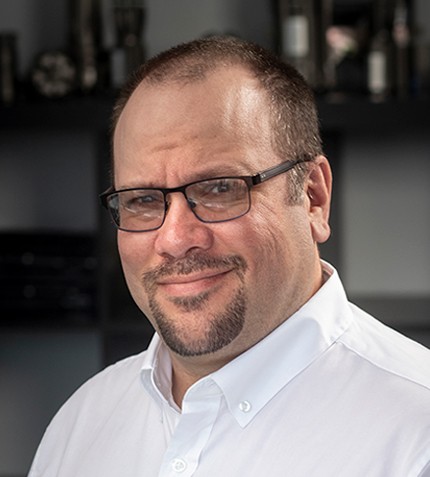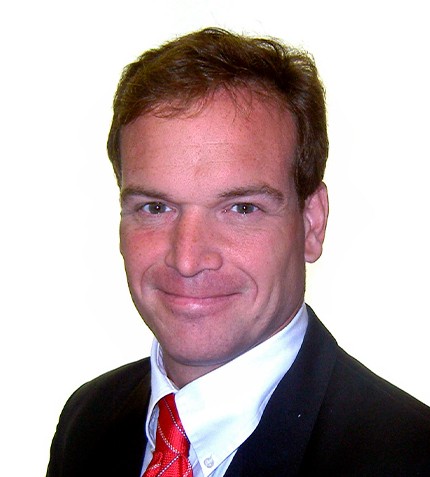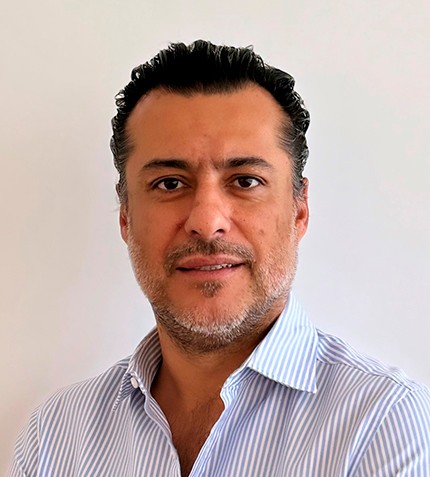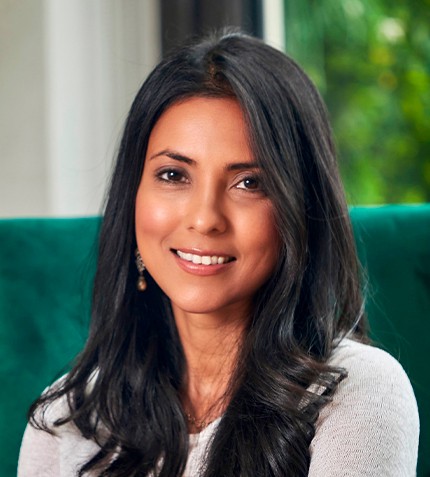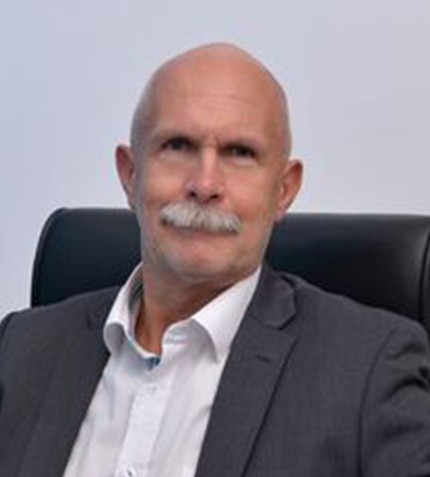
"We have already started the process of opening new entities in Liberia, Ivory Coast, Sierra Leone and Senegal as part of our strategy to position ourselves closer to our customers."
Anders Berglund
REGIONAL GENERAL MANAGER WEST AFRICA, EPIROC
Could you introduce Epiroc’s presence in West Africa?
Epiroc West Africa consists of three entities: Epiroc Mali, covering Mali, Mauritania, Guinea, Senegal and Ivory Coast; Epiroc Burkina Faso, representing Niger, Burkina Faso, the Central African Republic, the Republic of Congo and Gabon; and Epiroc Ghana, looking after Anglophone countries like Ghana, Nigeria, Liberia and Sierra Leone. Across West Africa, we are a team of 140 people and growing rapidly: By the end of this year, our workforce will grow by 20%. At this moment, we are actively recruiting service technicians and application specialists to help us in the transition to automation and digitalization.
What is underpinning Epiroc’s growth in the region?
One of the driving industry trends is the preference for contract mining as a means to control costs. Meanwhile, digitalization and automation are irreversibly shaping the industry. At Epiroc, the majority of our equipment is ready for automation and digitalization, however there are challenges when it comes to widespread adoption and implementation. One of the main challenges is the lack of digital infrastructure, including poor Internet connection, at our customers’ sites. Furthermore, is the need for knowledge sharing and a greater awareness or understanding for the use of these technologies. Finally, Epiroc is leading the change towards sustainability in mining through zero-emission, battery-electric equipment. We have seen a growing interest within our market, especially for underground applications.
Epiroc set a goal to have all of its equipment battery-powered by 2025 for underground mining and by 2030 for surface operations. Can you comment on this initiative?
Epiroc aims to complete the electrification of our machines so that our entire portfolio is emission-free by 2030. However, we can not predict the rate of change for the mining industry itself, and diesel-fueled machines will surely coexist with electric ones.
What is “Water for All”?
Within our ESG agenda, Epiroc has been running “Water for All,” an employee-driven initiative that has been ongoing for the past 30 years. It all started when one of our service technicians visited an African village without access to clean water; he returned to Sweden and kick-started this program. Since then, our employees have been supporting different water-scarce areas in the world.
What do you think about West Africa’s underground potential?
There is tremendous potential for underground projects in the region, especially for gold and diamonds, but also for bauxite and iron ore mines. The rise in commodity prices has made many of these products more commercially feasible, but the volatile funding and political climate will prevent some of these from coming to life. There are many underground projects at feasibility or pre-feasibility development stage, and the dry-out of ore in surface operations will push more transformations of open-pit projects into underground projects. In particular, the West African coastline countries could hold rich underground deposits.
Can you outline Epiroc’s medium-term objectives?
Epiroc is focused on growth and expanding our footprint in the region. We have already started the process of opening new entities in Liberia, Ivory Coast, Sierra Leone and Senegal as part of our strategy to position ourselves closer to our customers. It’s also important to establish more robust local organizations with permanent staff. Security challenges and tightening border regulations (be they related to security or Covid) have made it harder for our staff to travel across the border.
In terms of investments, Epiroc is building a new training center that will most likely be located in Ghana, but it will serve the entire region. Other planned investments include a new control tower that will enable us to remotely monitor moving equipment around the region. We have also allocated funds for a new regional distribution center which has become essential given the transportation disruptions caused by the pandemic.
Finally, we have made it our priority to work towards gender diversity. Even though women represent 50% of the talent pool, this figure is not reflected in the industry, nor within our organization. We want to change this paradigm and encourage more women to enter the mining industry.
Do you have a final message for our audience?
Mining is and has been a very conservative industry. To change a conservative industry, we operate based on our new vision: “Dare to Think New.” To grow, we must do things differently, think differently, and innovate constantly while improving the operational costs of our customers.




